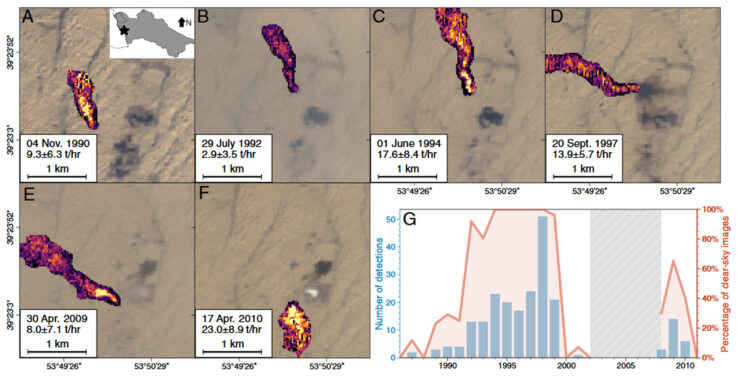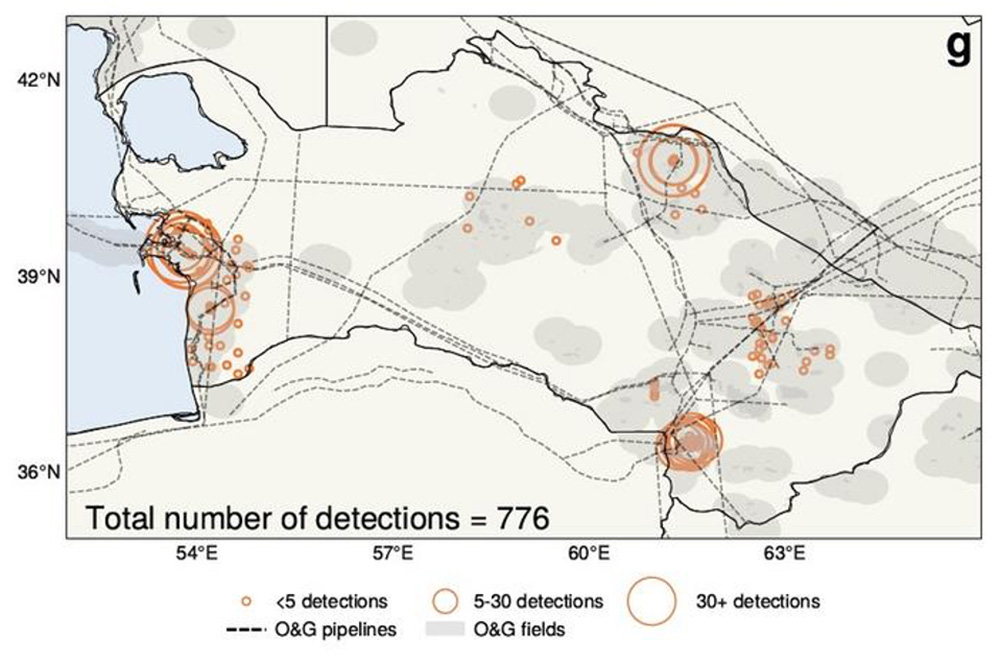A study conducted by researchers at the University of Washington has revealed a significant increase in methane emissions from Turkmenistan following the collapse of the Soviet Union. Upon analyzing images obtained from the Landsat-5 satellite, the researchers were surprised to observe spikes in methane emissions from Turkmenistan, despite reported decreases in oil and gas production volumes immediately after the Soviet Union’s dissolution in 1991.
Prior to 1990, methane levels in the atmosphere had been steadily rising worldwide, primarily due to human activities such as the utilization of fossil fuels, management of landfills, and emissions from livestock. However, methane emissions experienced a decline in the 1990s, leading to widespread belief that this decrease was linked to the collapse of the Soviet Union and the subsequent reduction in oil and gas production.
Originally initiated to validate the hypothesis that the decline in methane emissions was a result of the Soviet Union’s collapse, this study yielded unexpected findings. The analysis revealed that, contrary to expectations, methane emissions actually increased in Turkmenistan, thus challenging the notion that the collapse of the Soviet Union was the driving force behind the slowdown in methane emissions in the world.
Donate to support Turkmen analysts, researchers and writers to produce factual, constructive and progressive content in their efforts to educate the public of Turkmenistan.
SUPPORT OUR WORKSource: He et al./PNAS (2024)
Prior to 1991, methane plumes were detected in 0 to 20% of the clear sky between 1986 and 1991. However, following the collapse of USSR, methane plumes were observed in 80 to 100% of the clear sky between 1992 and 1999. The authors speculate that the rise in methane emissions could be attributed to various factors, including deteriorating infrastructure, decreased oversight at oil and gas facilities possibly due to brain drain, or the cessation of Russian transmission of Turkmen gas to other markets in the 1990s. Consequently, Turkmens may have resorted to venting the produced gas into the atmosphere due to a lack of alternative means of disposal.







